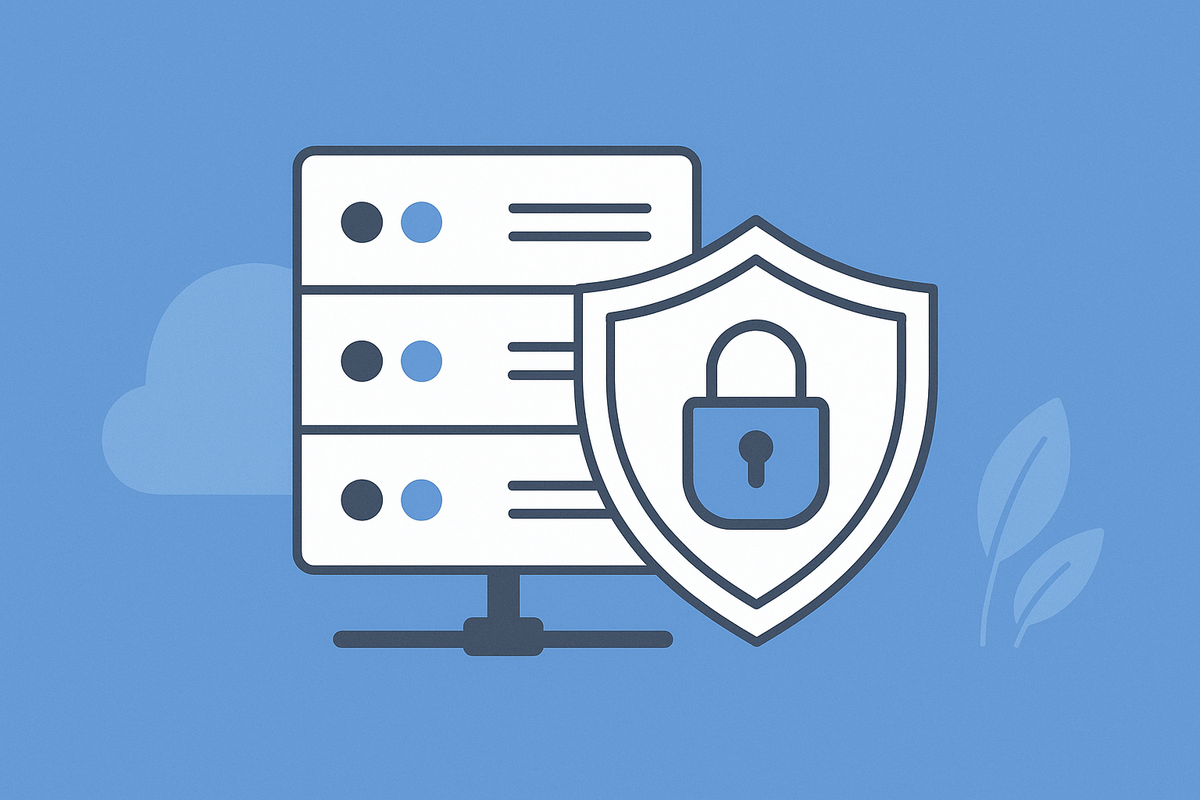How to Secure Your Website from Hackers

Every website owner has the same quiet fear: what if I get hacked?
It doesn’t matter if you’re running a small blog, a business site, or a growing e-commerce store — the risk is real. Hackers don’t just target big corporations. In fact, smaller websites are often easier targets because they’re less likely to take security seriously.
The good news? Protecting your site doesn’t require you to be a cybersecurity expert. With a few smart habits and the right tools, you can make your website far less appealing to attackers. Let’s walk through it together in plain language.
Why Hackers Target Websites
It’s easy to think, “Why would anyone bother with my site? I’m too small to matter.” But hackers aren’t always looking for fame or big scores.
Here’s what they often want:
- Steal data: Emails, passwords, or payment info.
- Inject spam: Using your site to promote shady products.
- Host malware: Turning your website into a tool for infecting visitors.
- Hijack traffic: Redirecting your visitors to other sites.
- Take control: Using your server to launch attacks on others.
Even a modest blog can be useful to a hacker. That’s why taking security seriously is non-negotiable.
Step 1: Keep Everything Updated
One of the easiest ways hackers get in is through outdated software.
If you’re running WordPress, that means your core installation, themes, and plugins all need to be updated regularly. Developers constantly release patches to close security holes. Ignoring those updates is like leaving your front door unlocked.
Make it a habit: log in once a week and update everything. Or, even better, enable automatic updates for critical components.
Step 2: Use Strong Passwords and Two-Factor Authentication
It sounds basic, but weak passwords are still one of the top ways hackers break in. “123456” or “admin” won’t cut it.
Use a password manager to create long, random passwords you don’t have to memorize. And wherever possible, enable two-factor authentication (2FA). That way, even if someone guesses your password, they can’t log in without the extra verification step.
Step 3: Limit Access
The fewer doors there are, the fewer chances hackers have to slip in.
- Only give admin access to people who absolutely need it.
- Create separate accounts for authors, editors, or collaborators with limited permissions.
- Remove old accounts you’re no longer using.
It’s like lending your house key — you wouldn’t hand it out to everyone who visits.
Step 4: Install a Security Plugin or Firewall
If you’re on WordPress, plugins like Wordfence or Sucuri act like bodyguards for your site. They monitor traffic, block suspicious activity, and alert you if something seems off.
Some hosting providers also include built-in firewalls that filter malicious traffic before it even reaches your site. If your host offers this, enable it.
Step 5: Use SSL Everywhere
SSL (that little padlock in the browser bar) isn’t just about trust — it also helps protect data moving between your site and your visitors. Without SSL, sensitive information can be intercepted.
Thankfully, most hosts now offer free SSL certificates. If yours doesn’t, you can set one up with Let’s Encrypt. It’s quick, free, and instantly makes your site safer.
Step 6: Backup, Backup, Backup
Even with the best precautions, no system is 100% secure. That’s why backups are your safety net.
If the worst happens and your site gets hacked, a recent backup means you can restore everything quickly and get back online. Many hosting providers include daily backups, but plugins like UpdraftPlus let you save copies to Google Drive or Dropbox for extra peace of mind.
The Human Side of Security
Website security isn’t just about technology; it’s about trust. When someone visits your site, they’re putting faith in you — faith that their data is safe, that your content is clean, that they won’t be harmed by clicking your link.
Losing that trust can hurt more than the hack itself. A slow recovery is possible, but protecting it in the first place is so much easier.
Hackers will always exist, but that doesn’t mean your website has to be an easy target. By keeping things updated, using strong passwords, limiting access, enabling SSL, installing a firewall, and setting up regular backups, you can make your site secure without needing to be an expert.
Think of security like locking your house at night. It doesn’t guarantee nothing will ever happen, but it makes you far less likely to be a victim.
So if you haven’t thought much about website security yet, start today. A few simple changes can save you from a lot of stress, lost traffic, and sleepless nights later on.